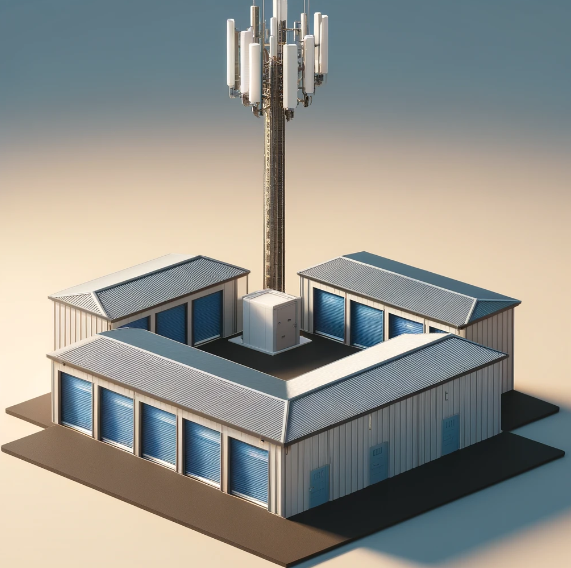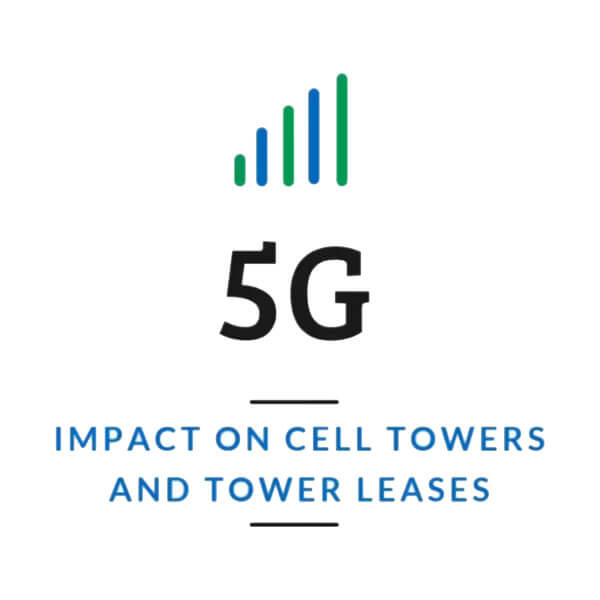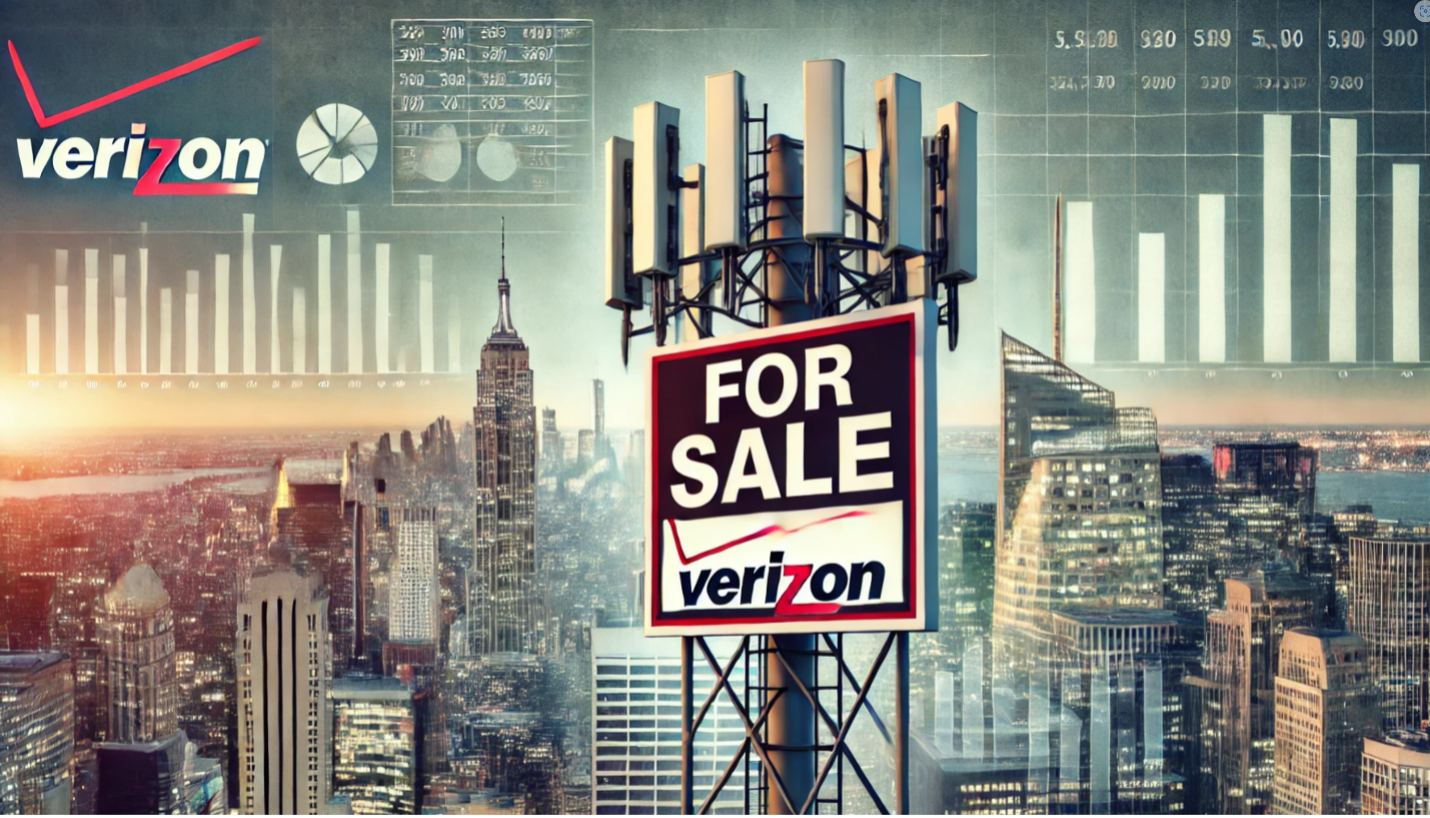School Districts and Cell Sites
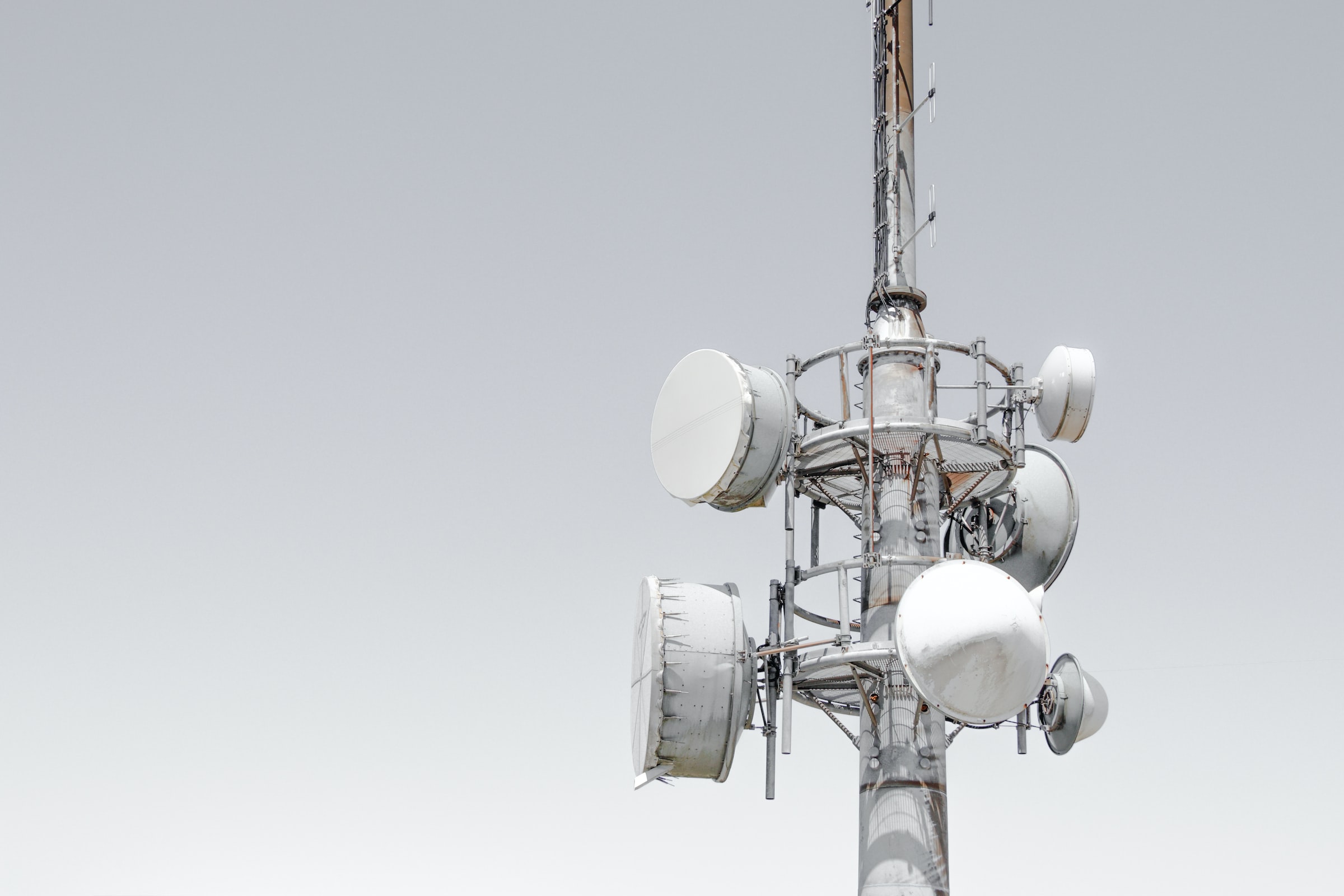
How School Districts Can Increase Passive Cell Tower Rental Income
In recent years, there has been a huge push by wireless providers to increase the capacity of their wireless networks. For example, from 2011 to 2012, the amount of data traffic consumed by subscribers increased by 69%, and it’s still on the rise.
Contact Us
In addition to expanding data options, virtually all wireless providers offer unlimited plans of one type or another. This requires that they add capacity to their wireless networks, which can be solved in a number of ways – the most obvious of which is to increase the density and number of cell sites in areas where capacity is needed.
Historically, the wireless industry has built communication towers in commercial and industrial areas, avoiding residential communities that tend to voice “NIMBY” (“Not In My Back Yard”) opposition. NIMBY is a nice way of referring to the mindset of those users who demand more consistent and reliable wireless service, but don’t want to be anywhere near the wireless infrastructure necessary to provide it.
Now that wireless carriers need increased capacity and better indoor coverage to meet growing consumer demand, they are starting to focus more closely on residential areas. Carriers are now building sites between their existing sites – a process commonly called “infill.”
Wireless carriers are faced with a significant challenge; many zoning ordinances have outright prohibitions against wireless towers in residential areas or require that large parcels be allocated to accommodate the “fall zone” of a communication tower. This has triggered many carriers to find innovative solutions to meeting consumer demand in residential areas. In some cases, they deploy stealth towers and other camouflage technologies to better “hide” towers. Other times, they deploy DAS networks and/or small cell technologies.
School Districts And Cellular Lease Negotiations
In our years of experience, both as site acquisition agents for the wireless carriers and as consultants for hundreds of churches and municipalities, these larger parcels are often churches or schools. Because of their unique locations and larger parcel size, churches and school properties are often excellent locations for cell towers. Unfortunately, because of the aforementioned NIMBY effect, they are often contentious ones as well.
Ironically, wireless carriers prefer not to have school district cell towers because of many parents’ fears about potential health risks of cell towers. It is difficult to predict whether a proposed school district cell tower will upset local residents and parents and as a result, wireless carriers will often look to other properties before they consider building a school district tower.
Given this situation, if a wireless carrier has approached your school district, you can bet it’s probably a measure of last resort. Your school district property may be the only option for that particular wireless carrier and as a result, you may have a significant advantage in negotiations. It’s precisely these types of situations where our expertise is most effective.
We’ve assisted many schools and universities in the successful negotiation of school district cell tower leases. We can review your specific situation to determine if the carrier is considering other site options and if not, then we can help your district decide just how hard to push in the negotiations.
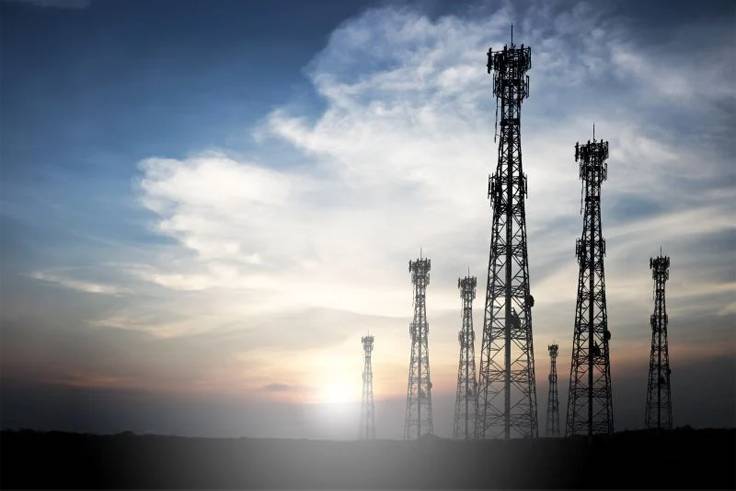
Our Customers Tell It Best
Contact Us Today
Contact us today to discuss your school district’s cell tower situation. Our initial discussion is always free. While we can’t tell you how much you should be charging for your leases, we can indicate if we believe there is room for improvement. Additionally, we can provide an estimate for our services and references from other school districts and universities who’ve benefited from our valuable services.
Please note: In most cases, our school district clients pay little or nothing for our services. Instead, the wireless carrier proposing the school district cell tower pays our fee.

